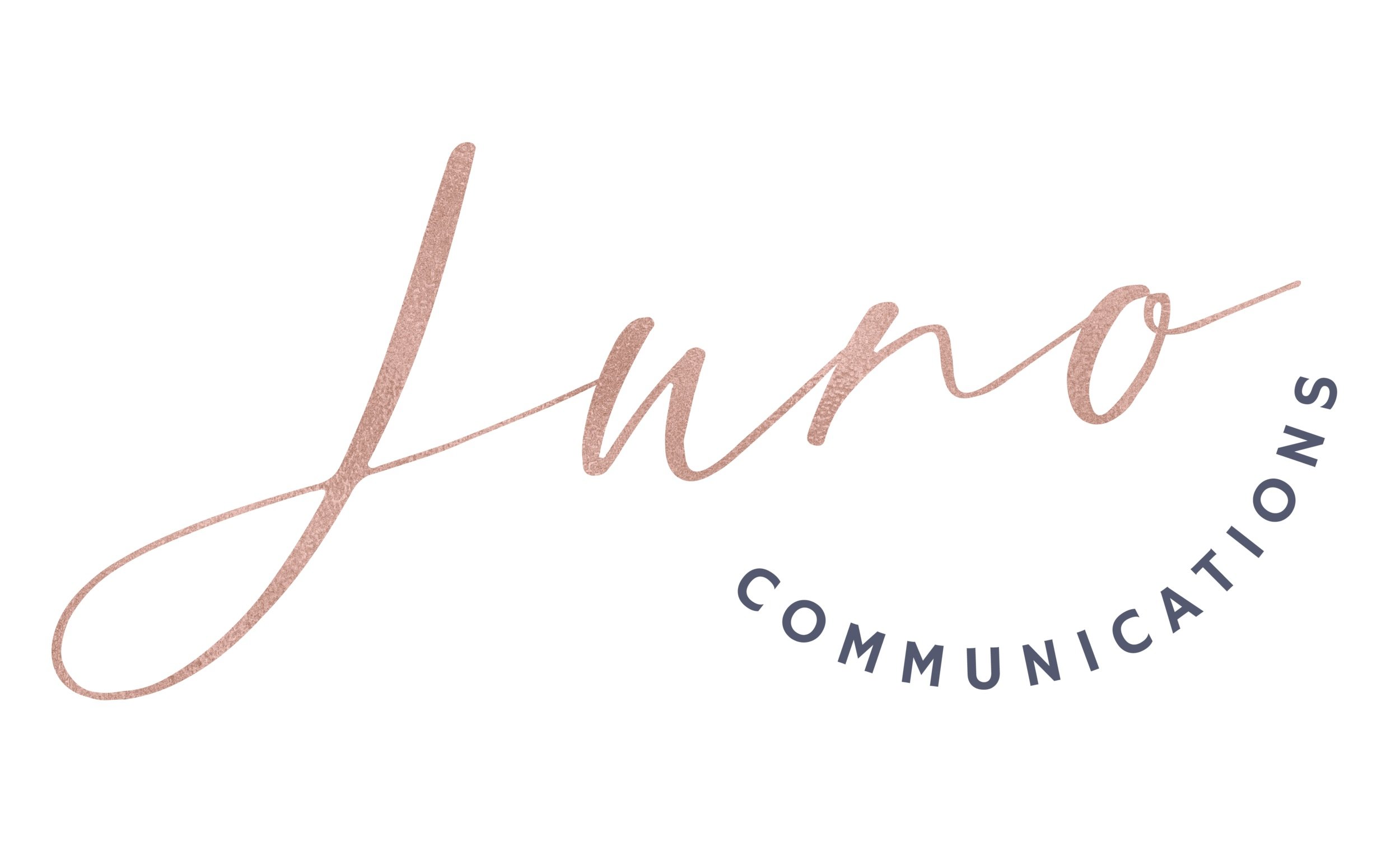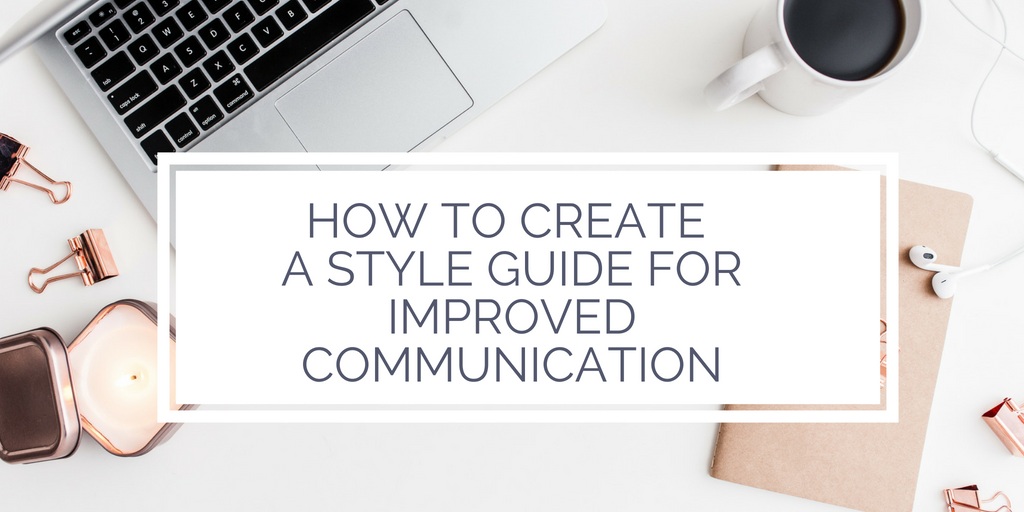How to create a style guide for improved communication
Creating a brand is possibly one of the most enjoyable parts of setting up a business. Spending time focusing on what your business does, who it serves and what it stands for is a really fun, but important, exercise helping you clarify the details of your business and its purpose. Bringing this work together in a visual representation—your brand—is an exciting moment for any new business owner.
But your brand is not just about how you 'look'. It’s also about what you say and how you say it. Having a style guide will help you develop a consistent 'voice' that reflects your brand. It works in pretty much the same way as your brand guide but instead of setting out the details of your colour palette, font style and logo, your style guide provides guidance for the conventions your written content should follow including grammar, punctuation and style.
Why have a style guide?
The English language is nothing if not flexible! Whether you’re doing your own writing or you’re in the lucky position to be asking different writers to develop content for you, a style guide will help you maintain consistency.
It formalises your business style. For example, how is your business name represented in running text? How is it abbreviated (if at all)? How are titles written? Do you use American or English spellings? What do you do with acronyms?
It provides instructions on presentation and grammar. For example, how are headings written—are they sentence style or capitalised? Do they have a full stop at the end? What about lists? Are they capitalised? Do they have a full stop or comma at the end of each point or nothing at all? How will numbers be handled? Do you punctuate abbreviations (Dr. Mrs.)? How do you represent the time (12 am, 12 a.m.)? Do you use the Oxford comma?
Your style guide should include lots of examples showing your style and grammar in action. Here are a couple of examples from my own style guide (under development!)
1. Active voice
In the active voice, the subject of the sentence does the doing. In the passive voice, the subject of the sentence has the action done to it. We use the active voice.
Active: The policeman saw the dogs on the moor.
Passive: The dogs were seen on the moor by the policeman.
2. Headings
We write our headings in sentence style with no full stop at the end.
Correct: How to create a style guide for improved communication
Incorrect: How To Create A Style Guide For Improved Communication.
You don't have to recreate the wheel
Unless you're a solopreneur and your decision is final, creating your own style guide does not have to be the job of one person. In fact, it's probably better if it's not! Having others from around your business contribute their ideas, will help you develop a guide that everyone will want to use. It also means you can settle arguments on hotly-contested words and phrases before you need to use them—making life easier for everyone in the long run. You should revisit your style guide often to make sure it continues to be an accurate reflection of your brand.
If creating a style guide from scratch seems like a big undertaking, there are some great examples on the web that you can refer to or adapt to use in you own business. Here are a few I like.
Guardian and Observer style guide
Princeton University Editorial Style Guide
Your brand is one of your most valuable business assets. Using a style guide will ensure that what you say and the way you say it will always support your overall brand image.

